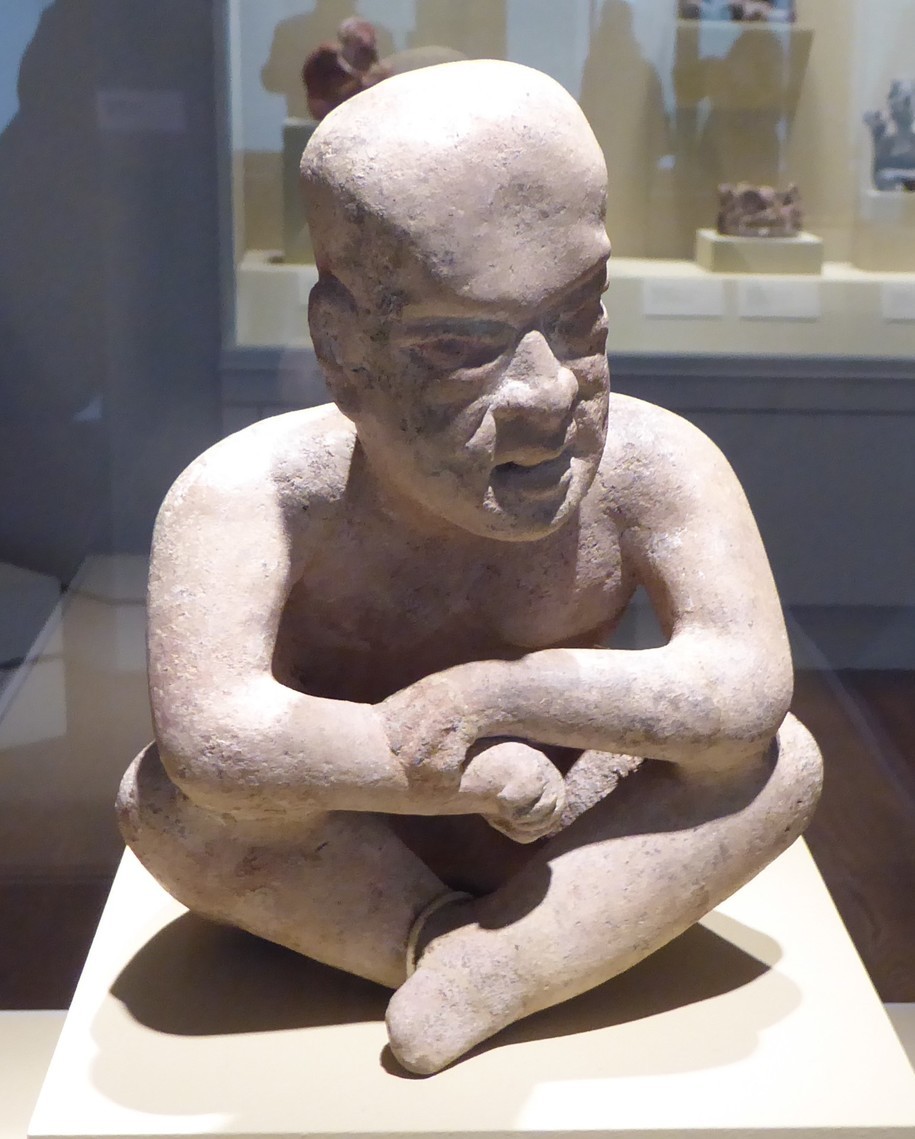
Veracruz is a region in Mexico’s gulf coastal lowlands. This was the homeland for one of Mesoamerica’s earliest civilizations, the Olmec. The Olmec first emerged about 1500 BCE. Their civilization and their art styles influence many of the later Mesoamerican civilizations.
In their Encyclopedia of Ancient Mesoamerica, Margaret Bunson and Stephen Bunson report:
“As the Olmec prospered and began to set their own artistic and cultural goals, the products of their various industries began to appear in the marketplaces of other cultures.”
In their book Mexico: From the Olmecs to the Aztecs, Michael Coe and Rex Koontz report:
“There is now little doubt that all later civilizations in Mesoamerica, whether Mexican or Maya, ultimately rest on an Olmec base.”
In general, archaeologists describe three phases of Olmec development:
Olmec I: this phase is dated from 1500 BCE to 1200 BCE and marks the emergence of the Olmec in the Veracruz region.
Olmec II: the phase is dated from 1200 BCE to about 600 BCE (400 BCE according to some sources). During this phase there was contact with the Valley of Mexico and with Tabasco. Olmec jade objects were a valuable trade item at this time.
Olmec III: this is the final Olmec phase and dates from 600 BCE (400 BCE in some areas). This phase marks the decline of Olmec culture.
In their book Mexico: From the Olmecs to the Aztecs, Michael Coe and Rex Koontz report:
“Actually, nothing is known of the real people who produced Olmec Art, neither the name by which they called themselves nor from where they came.”
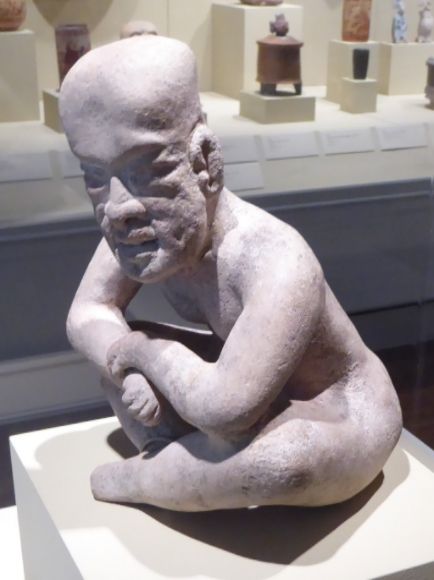 Shown above is a ceramic Olmec ceramic figure on display in the Portland Art Museum which dates to 900 BCE-400 CE. Notice the cranial deformation which results in the high forehead. The infant’s head is bound which results in this deformation. This is an indication of high status.
Shown above is a ceramic Olmec ceramic figure on display in the Portland Art Museum which dates to 900 BCE-400 CE. Notice the cranial deformation which results in the high forehead. The infant’s head is bound which results in this deformation. This is an indication of high status.  Another view of the Olmec figure.
Another view of the Olmec figure.
In Veracruz, following the Olmec decline, several major cultures and city-states emerged. The Veracruz Classic Period is generally dated from 250 CE to 900 CE and the Post-Classic Period from 900 CE to 1521 CE. During the Post-Classic, Veracruz was inhabited by Olmec remnant groups and by the Totonac, Huaxtec, and Nahual clans.
Shown below are some artifacts from Classic and Post-Classic Veracruz which are on display at the Portland Art Museum.
 Shown above is a ceramic figure from Veracruz that dates to 800-1200 CE.
Shown above is a ceramic figure from Veracruz that dates to 800-1200 CE. 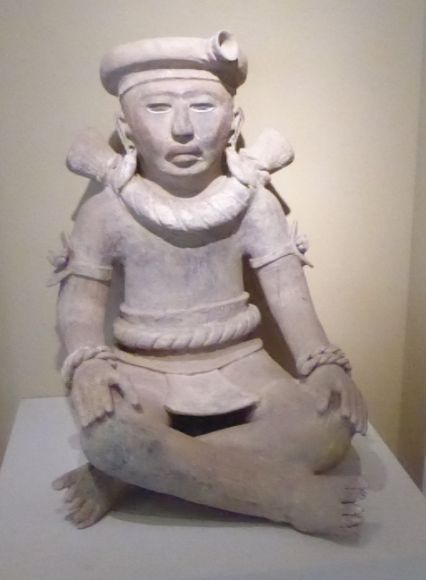 Shown above is a ceramic figure from Veracruz that dates to 800-1200 CE.
Shown above is a ceramic figure from Veracruz that dates to 800-1200 CE.  Another view of the seated ceramic figure from Veracruz.
Another view of the seated ceramic figure from Veracruz.
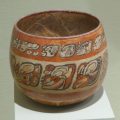
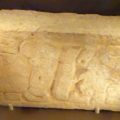
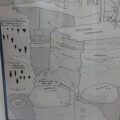
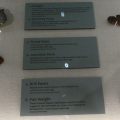
Leave a Reply